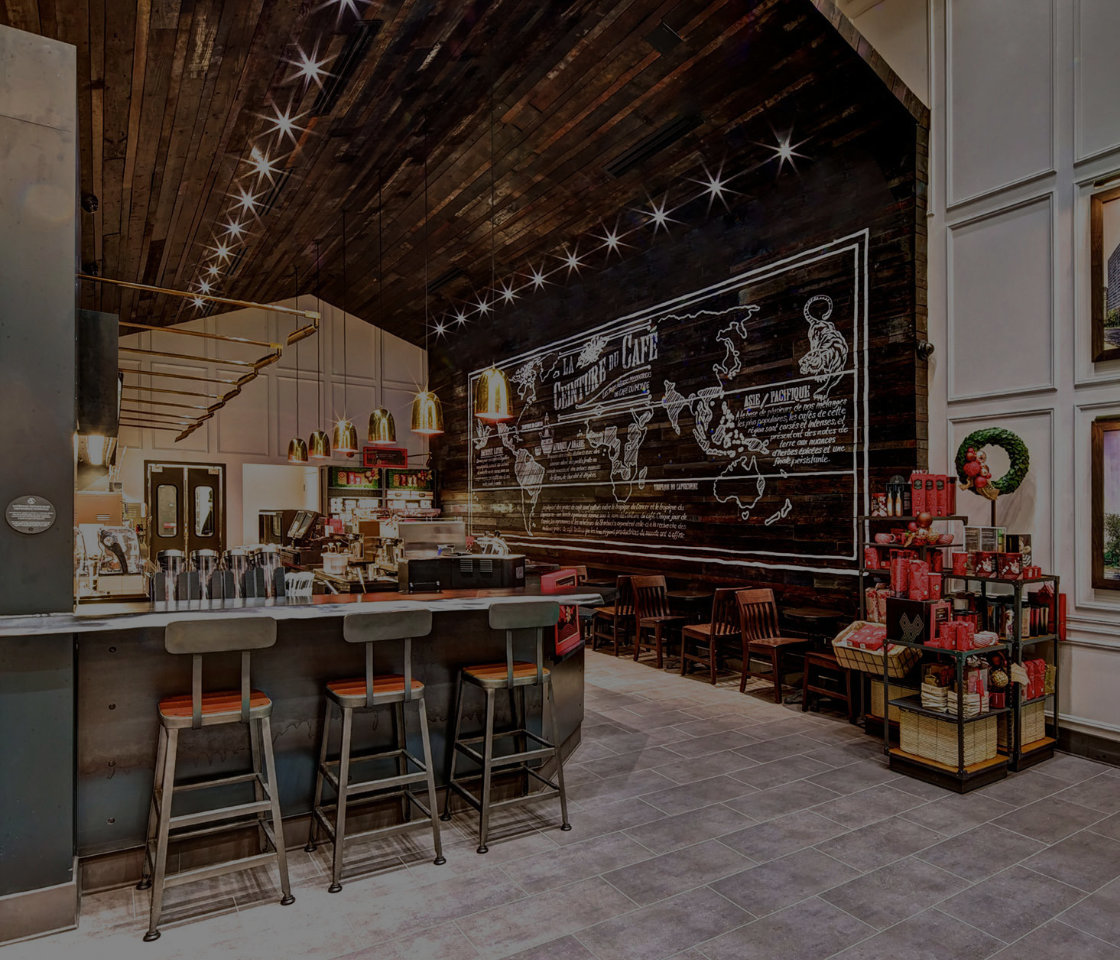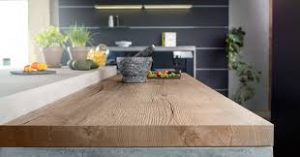In this two-part series, learn about the mood, feeling and texture that only reclaimed wood can create, and whether it’s the right material choice for your retail design.
Why are salvaged materials finding a second life in all sorts of retail niches? They’re part of a bigger trend tapping into the desire among customers for greater authenticity in design. Reclaimed wood fixtures and displays help brands connect to customers on a human level, from the everyday to the extraordinary — handcrafted details, live edges, and unique surfaces all add their own character and a storied past to a space.
The surging popularity of reclaimed wood makes a lot of sense from a cultural standpoint. Authentic design is championed by changemakers, celebrities, and retailers of all sizes offering distinctive customer experiences in-store. In today’s digitally-driven age, authenticity is more than just a buzzword — when interacting with brands, consumers prefer genuine interactions focused on transparency and connection.
Where does reclaimed wood come from?
Reclaimed wood has wide appeal as both a time-tested decorative material and finish with history and feeling to it. This hardy and durable wood is salvaged from sustainable sources, which has the added benefits of minimizing its impact on forests. Upcycled from lumber, doors, windows, and hardware, reclaimed wood is often sourced from established structures that would otherwise end up in landfills. In some cases, it’s even recovered from soon-to-be demolished buildings for repurposing in the new development at the same site.
While salvaged wood from homes, barns, factories and warehouses really started the trend – there was once an abundance of it, and it could be sourced locally depending on where you were located – it’s no longer the most popular choice because it’s now in short supply. That’s one reason why it’s sought-after as a high-end material – another is the labour cost associated with processing. Once you get your hands on salvaged wood, a lot of handling and custom work is needed to prepare it for the end result. This typically involves sourcing and treating or resizing it to ensure consistency – and mounting it to a substrate allows it to be finished and used in manufacturing to ultimately create whatever the final piece is.

What kind of retailer is reclaimed wood good for?
Upscale grocers, clothing stores, cafes, athletic studios, spas, outdoor outfitters, food boutiques, and even winery tasting rooms… any businesses offering unique physical experiences and premium products will draw in customers with creative designs featuring reclaimed wood. It’s not recommended for stores offering basics and bargains, as the labour required for salvaging and fabricating reclaimed wood designs makes them expensive for the low-end retailer and generally not a good return on investment.
However, that doesn’t mean there aren’t potential savings to be had. There may be the chance that you come across someone selling ‘reclaimed wood’ cheap – we have found that typically happens when the person selling it doesn’t know the value of what they have, or they might be offering a good price on the raw piece – no finishing work assumed.
Is reclaimed wood right for your brand?
Let me share my perspective from years working in the industry. What I love about being in design now is that you won’t see any one style that is the “IN” style. If you go back that definitely wasn’t the case – I remember when pickled oak was the only way to go in the ‘90s. Today, any finish can work as long you own it and tie it to your brand personality. When your design is tied to the experience you want to create, your material choices can’t go wrong. However, that sounds easier said than done – don’t discredit the value a professional brings to making sure the materials are interpreted the best way possible in execution.
Loving the look but not the price?
If you want the look of reclaimed but just can’t swallow the cost of it, there are more affordable alternatives out there. Laminates these days are so sophisticated that the higher the grade, the more realistic the texture and feel of wood grain. Here’s an example:
Egger H1180 ST37 Natural Halifax Oak
Other options in laminate and wood veneer include:
Egger H1486 ST36 Jackson Pine
Octolam Merlin Oak 1086
Wilsonart Old Mill Oak 7973K-12
Up next: how to use reclaimed wood in your store design
In the second part of this series, we’ll explore how reclaimed wood in store design aligns with brand intent to connect emotionally with customers. Whether you’re in possession of some reclaimed wood or you’re considering using it in your store design, you can explore the different vibes it’s used to create, and see if one (or more) of them resonates with your brand.
If you’re interested in reclaimed wood fixtures, displays, cabinets, furniture, and other pieces, our custom wood shop designs, manufactures and installs a wide range of fixtures and displays to showcase the best in retailers’ brands and their store designs. Give us a call at 905-264-0917 or contact us.


